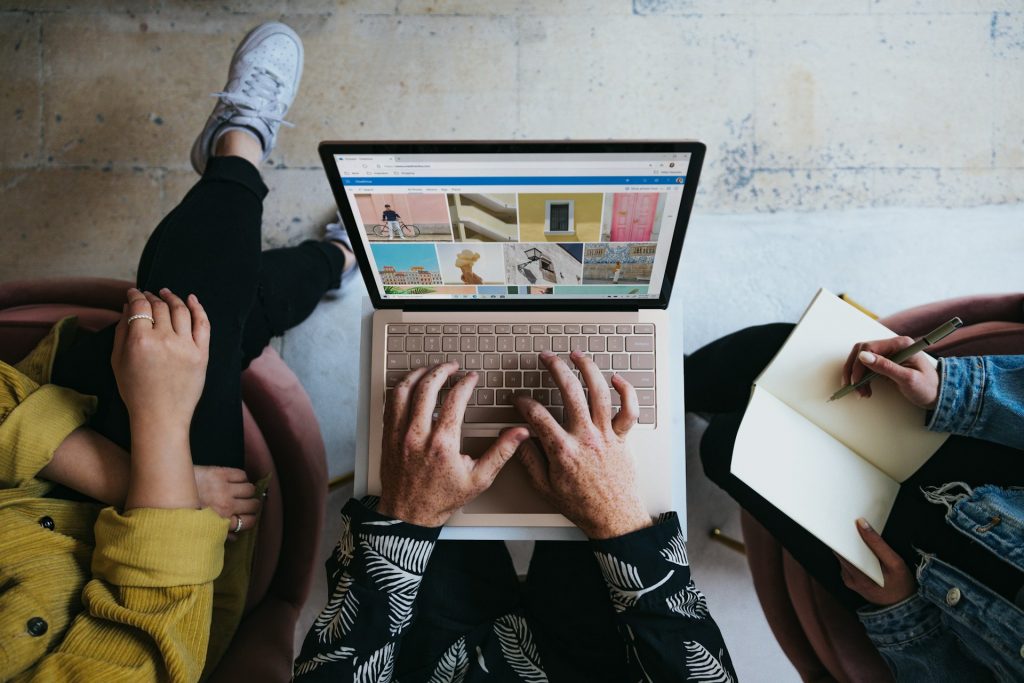Remote brainstorming is a horror for many creatives in the advertising industry. However, a recent article showed us that there could be a major advantage, which is a better ability to judge good ideas. The publication of the article provoked a kind of “coming out” from digital strategist Rachelle Houde Simard, who specializes in virtual communities and who told us that she particularly appreciates the virtual mode.
In a LinkedIn exchange, the author of the blog La Sociable confided to us that she has a soft spot for virtual brainstorming, despite the fact that it is so decried in her industry. When they are well orchestrated, however, she said.
Virtual brainstorming offers something unique: the psychological separation that the screen provides creates the distance that allows individual thought to be completed; the distractions are different.
In a LinkedIn post earlier this year, the digital strategist reminded us that the concept of “group” brainstorming has its limits, and that’s even if the group in question has all the diversity in the world. According to her – and many studies – the effectiveness of brainstorming remains “illusory” in many ways.
The most successful brainstorming activities are those where individuals are given time to reflect, and then the group can build on the individual ideas.
Finding the commonality of spirit, each to their own
Rachelle Houde Simard is aware of the “virtual” challenges to be met, both in terms of the fluidity of exchanges and the search for a common virtual environment to think in unison.
When designing virtual sessions, one must adapt to the lack of hormonal exchange between people otherwise facilitated by physical proximity, mirror neurons, mimicry, group thinking, etc. We then rely on break outs in smaller groups, activities that change quickly.”
The study in the journal Nature reported that participants in brainstorming tended to “stare” at the screen rather than freely looking around the room where it is, which could have the effect of slowing inspiration. To this too, Sociable has an answer:
One must also try to accompany the participants with their environment, their attention, their comfort. Often I have meals delivered to the participants’ homes with a small menu to accompany the day, I will suggest the brightness, get people up, activate the senses as close to the face-to-face experience as possible.”
The strategy is interesting; knowing that everyone is sharing physical elements (meal, light, etc.) brainstorming participants may be giving themselves the right to look “away” from their screens.
After that, the ability to generate a lot of new ideas using our computers as tools rather than constraints can be achieved in many different ways.”
She notes that the facilitator role is different.
There’s a lot more managing to do, she acknowledges. And there are a lot more external factors beyond our control than in person… But the creativity that comes out of a well-choreographed virtual: wow,” she concludes.
That’s the beginning of the adventure…




